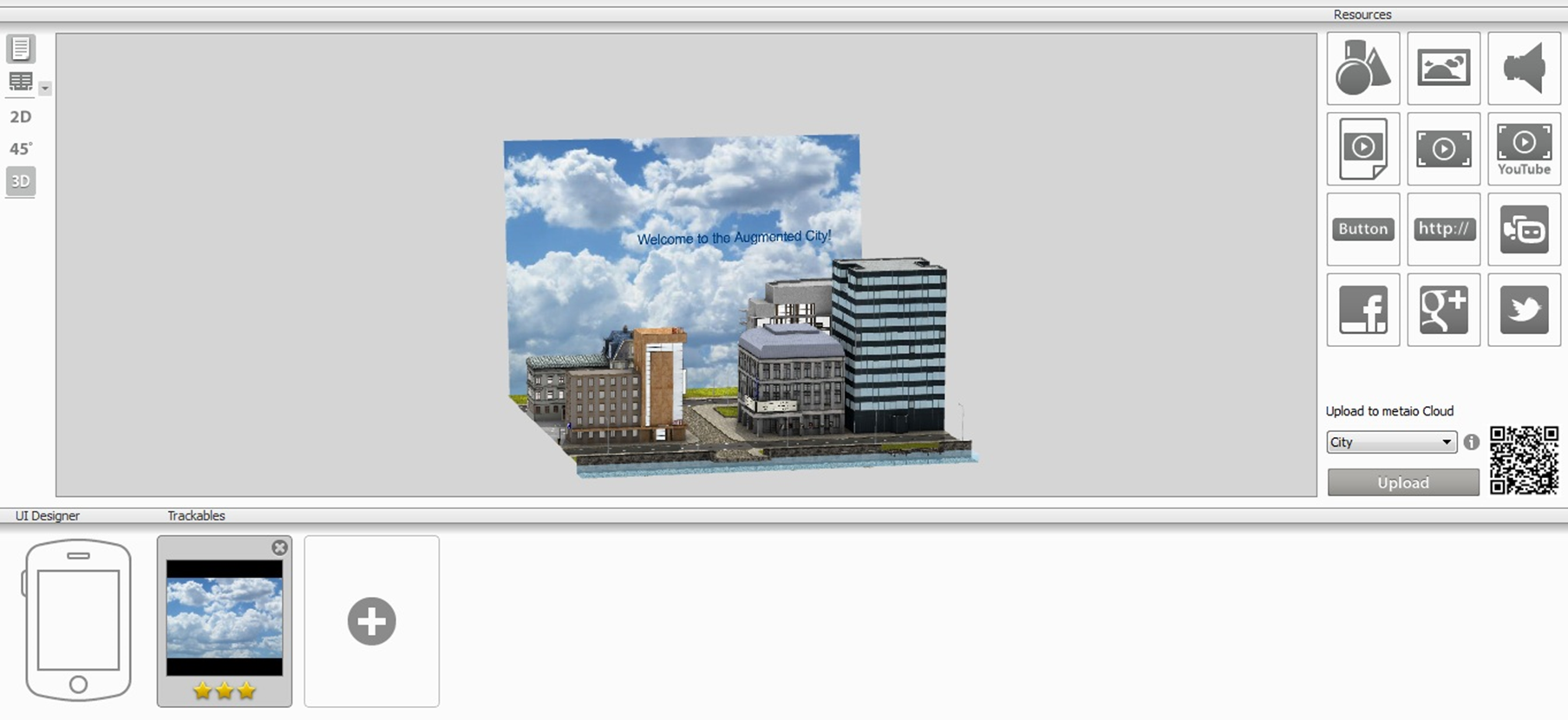Augmented Reality project

Nowadays, one of the newest and most dynamically developing areas of research is augmented reality, which is not the same as virtual reality. In the latter, only one artificial world is perceived by the user, but with the augmented reality, the real environment is added with virtual elements. With this technology, we can create an artificial medium for the user, created by the real and virtual environment together. Synthetic objects can be varied, from simple images to more complex, 3-dimensional models.
Such systems work by using mathematical procedures to identify predefined signals appearing in the camera's camera image - this can be a marker (a black square on a white background with a certain thickness in which a unique black and white picture is found, not the QR code) or image (photo, computer graphics, drawing) - and perform any task as a result. This task can be different, for example, your device (smartphone, tablet) displays another image, 3D model, video, or a website.
Areas of application can be varied:
Research, education, medicine, entertainment, information acquisition, navigation, design, architecture, dressing, landscaping, marketing, browsing...
Our system is still in preparation, so we use a free software (Metaio) for the time being, which will be used to host an exhibition at the University of Óbuda John Von Neumann Informatics Faculty. Here, our own pictures, videos and 3D models will be viewable.
Such systems work in such a way that in each case we need to provide some pointers (image, cloud cloud, GSP coordinate) to precisely define where to display the content that will be visible through our tool. After that, of course, the location of the content must be determined. From now on, there is nothing left to do, but to upload it to a server.
In addition, we still need an app that runs on your smartphone or tablet. In our case it was the Junaio. If we launch this and move the camera of your device to the image or location where the content is placed, then you can see the miracle on the display.
So far, three smartphones have been used for testing and each test was successful. However, you should pay attention to the fact that some applications are not compatible with any device. (Http://www.junaio.com/develop/docs/supported-devices/)
Our exhibition now consists of 45 images, featuring various content, videos, pictures and 3-dimensional models. Two students work continuously on these, using Photoshop, 3ds Max, Blender and Sculptris.
The development of our own software has begun; some of the students are involved in the project. At this moment, the database is being prepared. The plan is to create a web interface, so you do not need a separate application. We would like to have as many formats as possible, so you won’t have to bother with unnecessary and sometimes impossible conversions.
